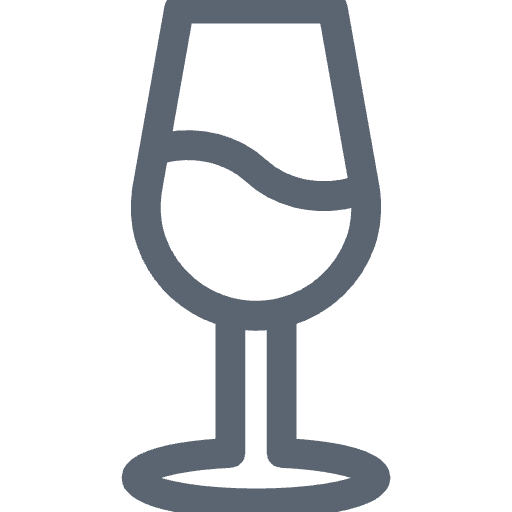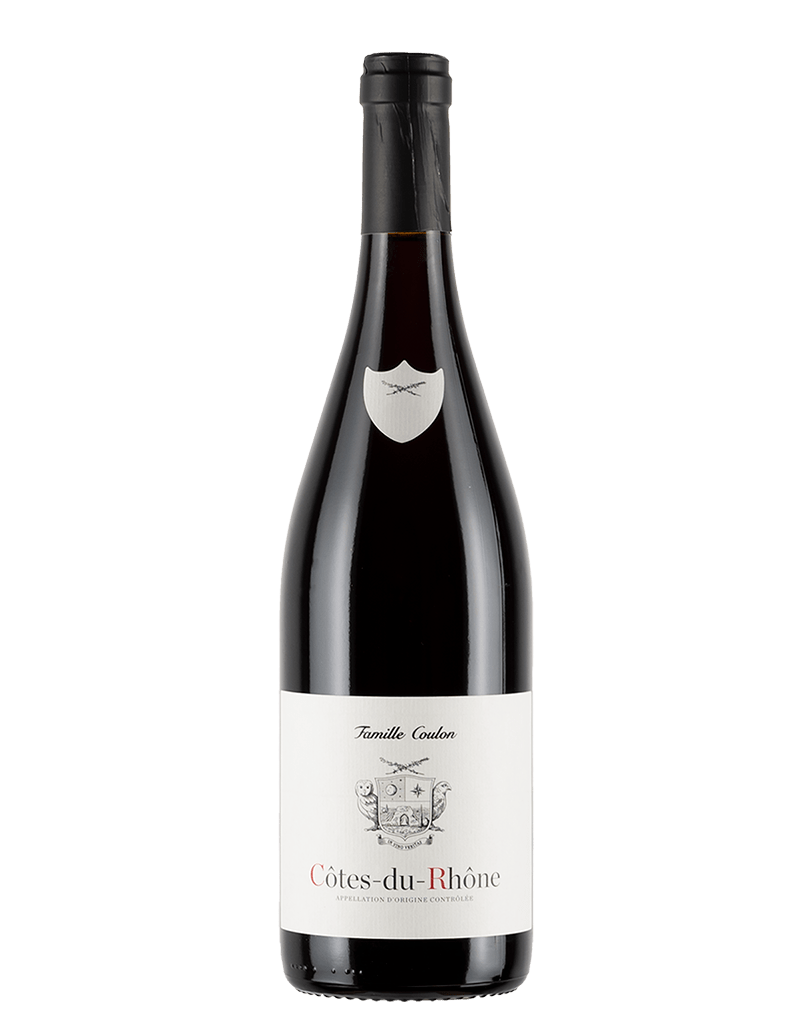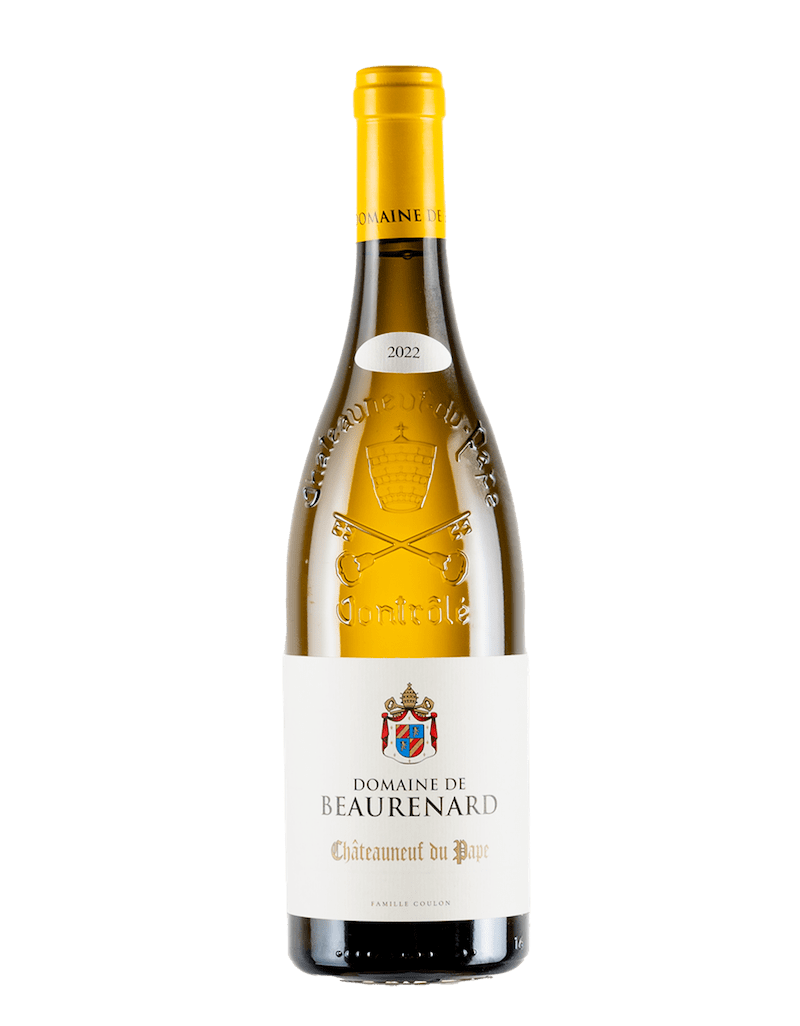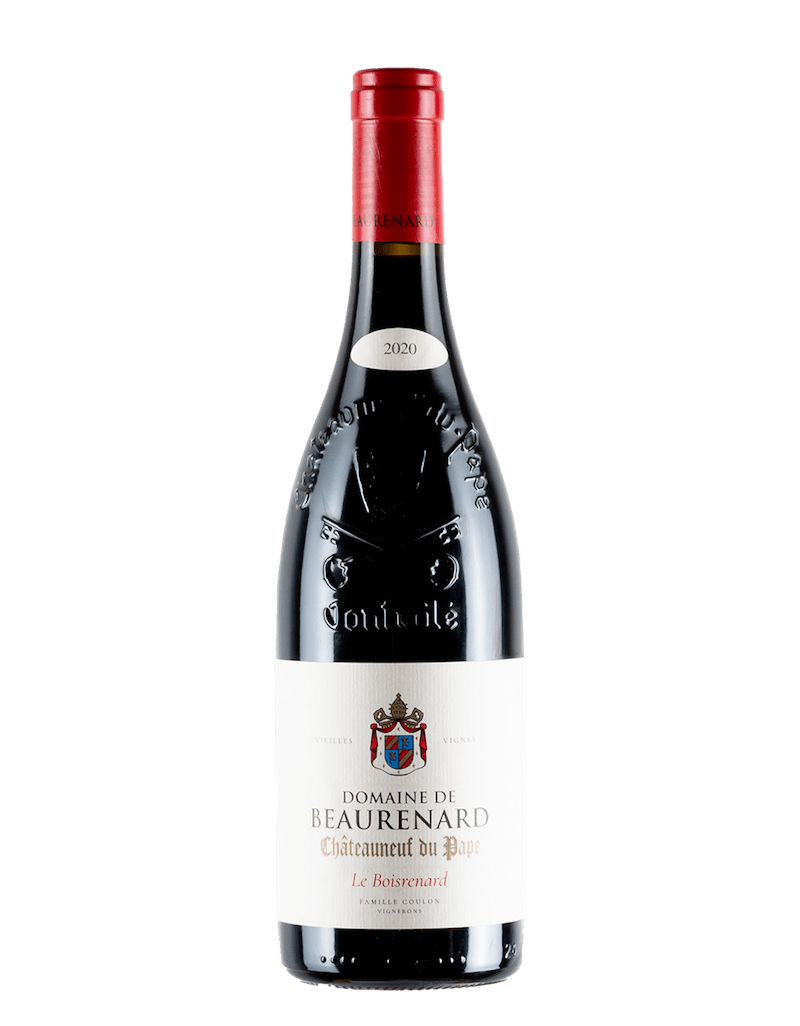24 Products
-

 Loire
Loire
 Cuvée, dry
Cuvée, dry
 fresh & elegant
fresh & elegant
-

 Languedoc
Languedoc
 Cuvée, dry
Cuvée, dry
 dark & herbal
dark & herbal
-

 Champagne
Champagne
 Cuvée, dry
Cuvée, dry
 elegant & structured
elegant & structured
-

 Champagne
Champagne
 Cuvée, dry
Cuvée, dry
 spicy & powerful
spicy & powerful
-

 Loire
Loire
 Sauvignon Blanc, dry
Sauvignon Blanc, dry
 intense & rocky
intense & rocky
-

 Rhône
Rhône
 Cuvée, dry
Cuvée, dry
 fruity & spicy
fruity & spicy
-

 Languedoc
Languedoc
 Cuvée, dry
Cuvée, dry
 elegant & ethereal
elegant & ethereal
-

 Loire
Loire
 Sauvignon Blanc, dry
Sauvignon Blanc, dry
 concentrated & mineral
concentrated & mineral
-

 Rhône
Rhône
 Cuvée, dry
Cuvée, dry
 juicy & mineral
juicy & mineral
-

 Rhône
Rhône
 Cuvée, dry
Cuvée, dry
 full-bodied & elegant
full-bodied & elegant
-

 Burgundy
Burgundy
 Pinot Noir, dry
Pinot Noir, dry
 spicy & elegant
spicy & elegant
-

 Rhône
Rhône
 Cuvée, dry
Cuvée, dry
 full-bodied & elegant
full-bodied & elegant
-

 Burgundy
Burgundy
 Chardonnay, dry
Chardonnay, dry
 elegant & profound
elegant & profound
-

 Loire
Loire
 Sauvignon Blanc, dry
Sauvignon Blanc, dry
 concentrated & rocky
concentrated & rocky
-

 Loire
Loire
 Sauvignon Blanc, dry
Sauvignon Blanc, dry
 vegetable & silky
vegetable & silky
-

 Burgundy
Burgundy
 Pinot Noir, dry
Pinot Noir, dry
 fruity & juicy
fruity & juicy
-

 Burgundy
Burgundy
 Chardonnay, dry
Chardonnay, dry
 mineral & complex
mineral & complex
-

 Loire
Loire
 Sauvignon Blanc, dry
Sauvignon Blanc, dry
 intense & rocky
intense & rocky
-

 Burgundy
Burgundy
 Pinot Noir, dry
Pinot Noir, dry
 mineral & complex
mineral & complex
-

 Burgundy
Burgundy
 Pinot Noir, dry
Pinot Noir, dry
 elegant and structured
elegant and structured
-

 Burgundy
Burgundy
 Pinot Noir, dry
Pinot Noir, dry
 structured and spicy
structured and spicy
-

 Loire
Loire
 Sauvignon Blanc, dry
Sauvignon Blanc, dry
 concentrated & mineral
concentrated & mineral
-

 Rhône
Rhône
 Cuvée, dry
Cuvée, dry
 intense & spicy
intense & spicy
-

 Burgundy
Burgundy
 Pinot Noir, dry
Pinot Noir, dry
 delicate & complex
delicate & complex





















